4 Ingredients
PO Box 400
Caloundra QLD 4551
+61 7 5341 8282
ABN:17 435 679 521
 facebook.com/4ingredientspage
facebook.com/4ingredientspage
 4 Ingredients Channel
4 Ingredients Channel
 @4ingredients
@4ingredients
 @4ingredients
@4ingredients
 @4ingredients
@4ingredients
 4ingredients.com.au
4ingredients.com.au
 info@4ingredients.com.au
info@4ingredients.com.au
4 Ingredients MORE Gluten Free Lactose Free
Copyright Meymott Enterprises Pty Ltd
Published by 4 Ingredients 2018
The moral right of the Author has been asserted.
All rights reserved. Without limiting the rights under copyright reserved above, no part of this publication may be reproduced, stored in or introduced into a retrieval system, or transmitted, in any form or by any means (electronic, mechanical, multi-media, photocopying, recording, or otherwise), without the prior written permission of the Author and the publisher (Author) of this book.
Photography: | Megan Slade; www.meganslade.com |
Design & Formatting: | Shem Hunter; www.shemhunterdesign.com |
Printing & Binding: | Leo Paper Group, Hong Kong |
Publisher: | 4 Ingredients |
Distribution: | Simon & Schuster, Australia |
Simon & Schuster, New Zealand |
ISBN: | 978-0-9944478-5-2 |
Welcome to My Kitchen
I speak all over the world, sharing my story and love for all things quick, easy and delicious in the kitchen.
I start by saying, Welcome to my kitchen. Its full of recipes and ideas that will save you time and money in the kitchen.
In this instance, it is also Gluten Free, Lactose Free and bursting with fun & flavour. Enjoy the recipes within, I truly think you will be amazed what can be made so simply.
With Love, Kim
What is Gluten?
Gluten is a protein found in wheat (including spelt), rye, barley and oats.
Coeliac Disease in people with coeliac disease the immune system reacts abnormally to gluten, causing small bowel damage. The tiny, finger-like projections which line the bowel (villi) become inflamed and flattened. This is referred to as villous atrophy. Villous atrophy reduces the surface area of the bowel available for nutrient absorption, which can lead to various gastrointestinal and malabsorptive symptoms. Symptoms can also be caused by inflammation in other parts of the body. The only treatment for coeliac disease is a strict gluten free diet (for life).
Symptoms. This leads sufferers to experience symptoms relating to malabsorption and inflammation including;
Gastrointestinal symptoms e.g. nausea, bloating, diarrhoea, constipation etc.
Fatigue and weakness
Anaemia and/or other nutrient deficiencies
Headaches
Mouth ulcers
Weight loss and more.
Some people with coeliac disease are asymptomatic (they dont experience obvious symptoms). Everyone with coeliac disease needs to adhere to the gluten free diet strictly, irrespective of their symptoms.
Research suggests that approximately 1 in 70 people have coeliac disease (although 80% remain undiagnosed).
For more information and support contact:
Australia | www.coeliac.org.au | 1300 458 836 |
New Zealand | www.coeliac.org.nz | (09) 820 5157 |
. Anderson RP et al. A novel serogenetic approach determines the community prevalence of disease and informs improved diagnostic pathways. BMC Medicine 201311:188
What is Lactose?
Lactose is the sugar (carbohydrate) found naturally in milk.
Lactase is an enzyme produced by the small intestine that breaks down lactose so that it can be absorbed into the bloodstream.
Lactose Intolerance is caused by the inability of the body to break down milk sugar (lactose). People with this condition cannot produce enough lactase to breakdown the lactose.
What happens? When lactose moves through the large intestine (or colon) without being properly digested, the undigested lactose absorbs water and is fermented by natural gut bacteria to produce excessive gas causing uncomfortable symptoms (listed below).
Lactose intolerance does not result in gut damage. Managing the condition involves reducing lactose containing foods to control symptoms. If you have lactose intolerance, you DO NOT need to avoid all dairy foods. You may be able to include some lactose depending on your level of tolerance.
Lactose intolerance most commonly runs in families, and symptoms can occur at any stage in the life cycle. Untreated coeliac disease can also affect lactase production and result in a temporary intolerance.
Symptoms usually begin 30 minutes to 2 hours after you eat or drink milk products. If you have lactose intolerance, your symptoms may include:
Bloating
Pain or cramps
Gurgling or rumbling sounds in your belly
Gas
Loose stools or diarrhoea
Vomiting
If you suspect this may be you, always consult your GP or physician first, as there may be alternative conditions causing your symptoms.
Guide to Weights & Measures
GF LF = Gluten Free Lactose Free
To help a recipe turn out right, you need to measure right. I have included this simple conversion table to help, regardless of where you are in the world.
Grams pounds & ounces |
Grams (g) | Ounces (oz.) | Grams (g) | Ounces (oz.) |
5 g | 1/4 oz. | 225 g | 9 oz. |
10 g | 1/2 oz. | 250 g | 10 oz. |
25 g | 1 oz. | 275 g | 11 oz. |
50 g | 2 oz. | 300 g | 12 oz. |
75 g | 3 oz. | 325 g | 13 oz. |
100 g | 4 oz. | 350 g | 14 oz. |
125 g | 5 oz. | 375 g | 15 oz. |
150 g | 6 oz. | 400 g | 1 pound (lb.) |
175 g | 7 oz. | 700 g | 11/2 lb. |
200 g | 8 oz. | 900 g | 2 lb. |
Spoons millilitres (ml) |
1 teaspoon | 5 ml |
1 dessertspoon | 10 ml |
Next page








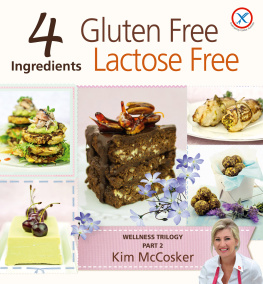
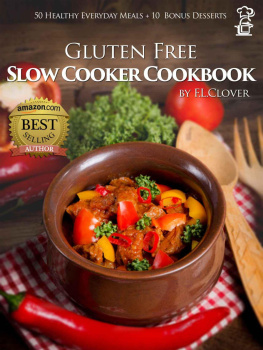
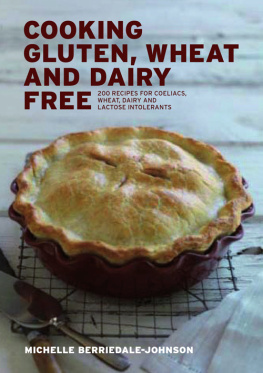
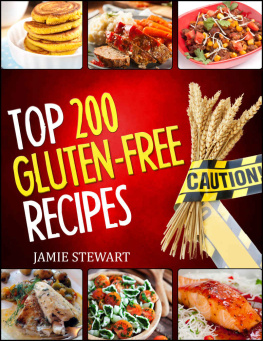
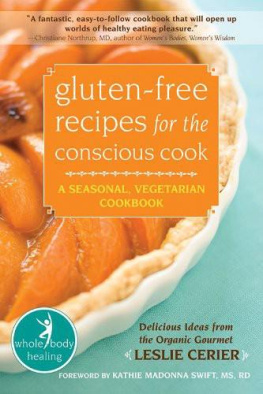
 facebook.com/4ingredientspage
facebook.com/4ingredientspage 4 Ingredients Channel
4 Ingredients Channel @4ingredients
@4ingredients @4ingredients
@4ingredients @4ingredients
@4ingredients 4ingredients.com.au
4ingredients.com.au info@4ingredients.com.au
info@4ingredients.com.au

